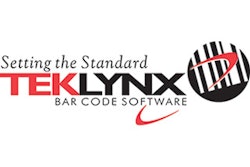 A number of recent news stories have focused on glass contamination in leading global food processing facilities.
A number of recent news stories have focused on glass contamination in leading global food processing facilities.
In one case, consumers discovered glass shards in their frozen dinners. Another incident involved the discovery of broken glass from a light bulb found in a dough production area, forcing a restaurant chain to close 40 locations until it verified the bread was indeed free of glass. One compay is a manufacturer of some of the most well known food and beverage brands in the world, and the other is a leading international fast food chain. There is no doubt this problem is one to be taken very seriously. The outcome of such findings has not only compromised the integrity of the organizations’ reputations, but has resulted in thousands of dollars in cleanup, unsalable product and loss of revenue.
Entities such as OSHA and the FDA have strict mandates requiring facilities to provide protective coverings for exposed glass within food processing areas. FDA code 110.20 Section B, Part 5 mandates that a facility must “provide safety-type light bulbs, fixtures, skylights or other glass suspended over exposed food in any step of preparation or otherwise protect against food contamination in case of glass breakage.”
Unfortunately, proper precautionary protection is not always executed or substandard protective mechanisms are installed and fail when they are needed most. Inevitably, another story of glass contamination in food products will hit the wire, production lines will be halted and the cleanup process executed.
Keep reading here.






















